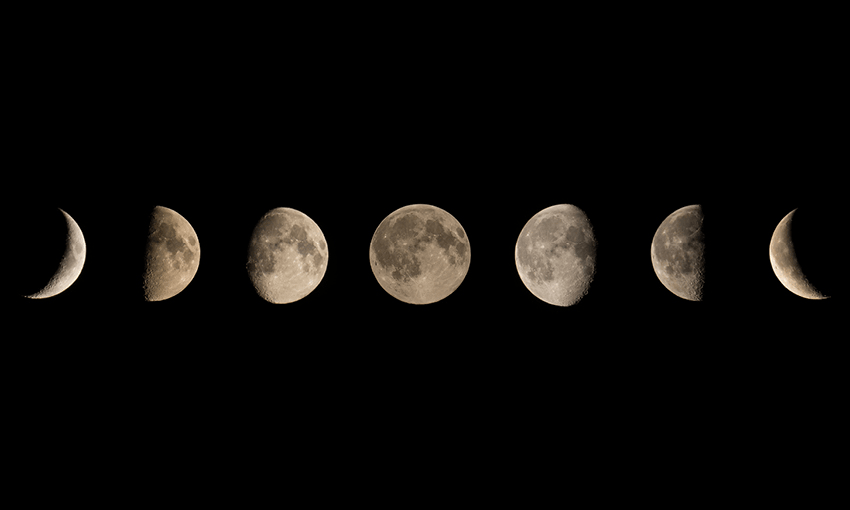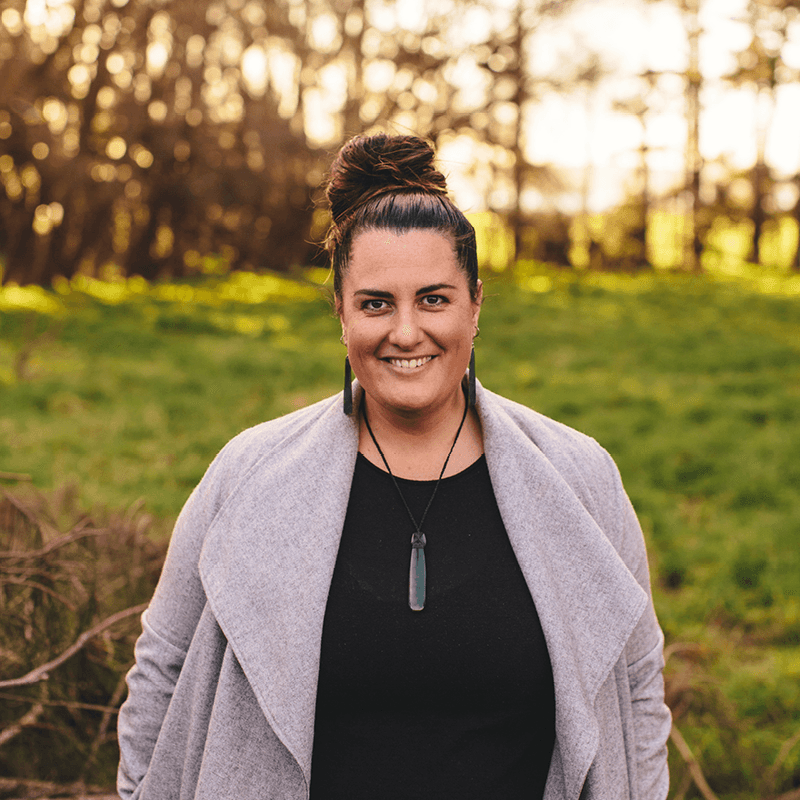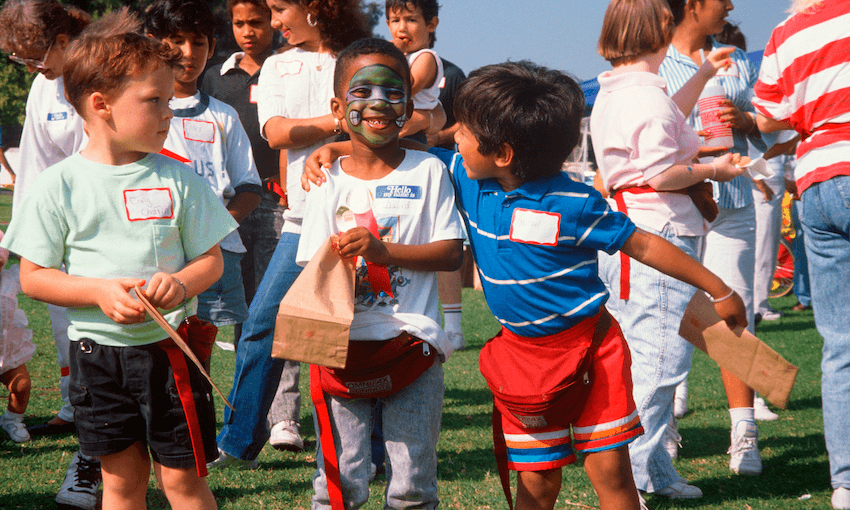A celebration of the resurgence of the maramataka.
Many indigenous cultures around the world have their own version of the maramataka which aligns with the phases of the moon, rather than the common Gregorian calendar. Māori and our Pasifika cousins are reviving and reconnecting with the maramataka to restore systems and knowledge of agricultural productivity, marine and forest gathering, resource management, health, healing and daily practices that provide sustenance for well-being.
The maramataka has no months, just periods or ngā wā o te tau. Traditionally, you move through seasons according to the tohu (signs, such as the blossoming of a certain flower or the appearance of a particular star) and tohu move and change all the time.
Today, however, the maramataka has been aligned with the Gregorian calendar to make it a bit easier to grasp. For some, the maramataka Māori is made up of twelve 29.5 day months and a 354-day year. For others it is made up of thirteen 28 day months, or 30 days with an extra day added from time to time to balance the calendar.
Cool, is it the same across the country?
Err, kāo. Because the maramataka uses tohu, different parts of the country will have different tohu relevant to their area. For example, inland iwi wouldn’t necessarily have the same tohu as those living on the coast. The stars visible at the top of the North Island can at times be different to the stars visible in the South Island. There are hundreds of variations of the maramataka, with slight differences to names of days and phases, however, there are a few common ones used nationwide.
For example?
In Hereturikōkā (also known as Here o Piripi, approximately equivalent to August), the last month of Hōtoke, the whitebait season starts. The kōwhai will begin to bloom, signalling the time for the kūmara to be planted in shallow beds for sprouting.
So this calendar tells us when we should plant food?
Our tūpuna developed the maramataka based on their close relationship and understanding of our taiao. It connects the whenua, rangi and moana. By closely observing the environment, those clever tūpuna were able to identify days each month that were better suited for particular activities and to help predict the season ahead.
The maramataka can tell us the best days for planting, fishing and harvesting while also telling us high and low energy days, the effect those days can have on people’s moods and how you should best spend your day.
Wait, it affects my moods?
Yep, throw away that mood ring and look to the moon instead. The days of the maramataka include:
Oturu – high energy, good day to finalise big decisions
Rakaunui – high energy, schedule special occasions
Rakau a Tohi – high energy, good day for big meetings
Tangaroa a Mua – surging energy, complete your chores
Tangaroa a Roto – surging energy, make the most of your productive time
Tangaroa Kiokio – surging energy, try something new
Ohoata – building energy, do some exercise
Ouenuku – building energy, move your tinana
Okoro – building energy, a great motivation day
Tamatea a Ngana – unpredictable energy, avoid making big decisions or scheduling meetings
Tamatea a Hotu – unpredictable energy, have patience
Tamatea a Io – unpredictable energy, focus on yourself
Omauri – low energy, take it easy
Mutuwhenua – low energy, rest, relax and plan
Whiro – low energy, motivation is low, sit on the couch with a good book or movie
Tirea – low energy, a good day to plan and schedule
Tamatea Kai Ariki – low energy, time to reflect
Huna – low energy, meditate
Ariroa – rising energy, rest day
Hotu – rising energy, practise mindfulness
Oike – rising energy, have a break, have a KitKat
Korekore te Whiawhia – static energy, be mindful of what you say and do
Korekore te Rawea – static energy, be extra patient
Korekore Piri nga Tangaroa – static energy, start to reinvigorate
How many seasons are there in the maramataka Māori?
Hōtoke phases are Wero i te Ninihi, Wero i te Kokota, Whakataka, Takurua a Uru, Takurua a Io and Takurua Angana.
The Raumati (summer) phases are:
Matiti Kura – This is the first phase and is triggered by the ripening of the small red berries in the bush. The timeframe is toward the end of October.
Matiti Hana – This second phase is recognisable when the Puawananga or Puareinga flowers (Clematis) turn the top canopy of the forest a brilliant white.
Matiti Muramura -This third phase is noted for the flowering of the Northern Rātā and the old Pohutukawa. The canopy turns from white (Hana) to red (Muramura).
Matiti Kaiwai – Is known as the middle of summer. This is when the ground is so dry it opens up and thirsts for water.
Matiti Raurehu – This 5th phase is the most difficult to detect. But usually occurs in early February. It may even precede the rise of the harvest star Whanui. You can recognise this phase by watching out for a white dust-like substances on the lawn that resembles a frost.
Matiti Rautapata – This 6th phase is easily identifiable if you are near a bush area. This is when the seed pods burst and the seeds fall (tapata) onto the dry leaf bed below.
Matiti Rauangina – This is the last phase of summer and is very easy to identify. Just keep an eye out for leaves that swing to and fro as they fall from the trees. This rhythmic dance is call “te angina”– “free fall”.
Where can I learn more?
In Ātea’s maramataka column by Ayla Hoeta, who is a student of Matua Rereata Mākiha. Published monthly, it shares kōrero of the season, note tohu o te rangi, whenua and moana, and identify key dates to put in your calendar to plan your activities around. Read our archive here.
To help keep track of the days, you can download your own maramataka dial here. If you live on the west coast, set your dial to Rakaunui the day before the full moon. If you live on the east coast, set your dial to Rakaunui the day of the full moon. Reset your dial each new moon cycle.
You can also download resources from Te Papa Tongarewa – Museum of New Zealand, order your own maramataka wall planner from Ahikaaroa Trust and watch this fascinating documentary featuring Hokianga astronomer Matua Rereata Mākiha.
** Ngā mihi nui ki a Rereata Makiha rātou ko Ayla Hoeta, ko Anaru Ah Kew i ā rātou āwhina i tēnei pito kōrero




